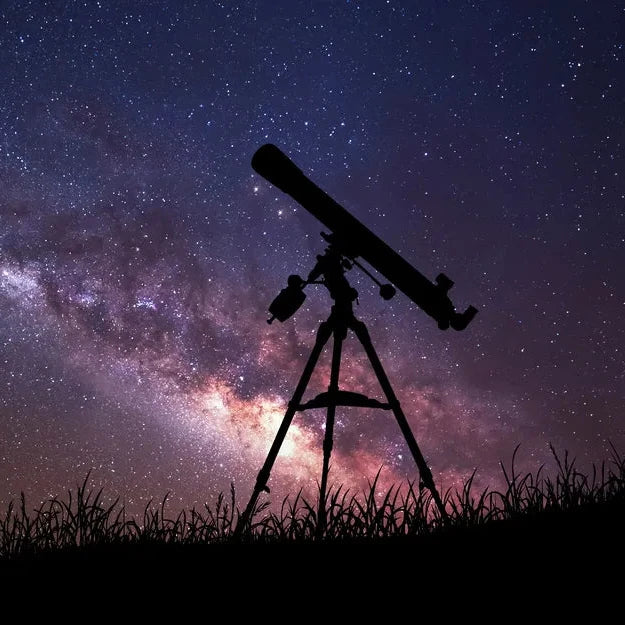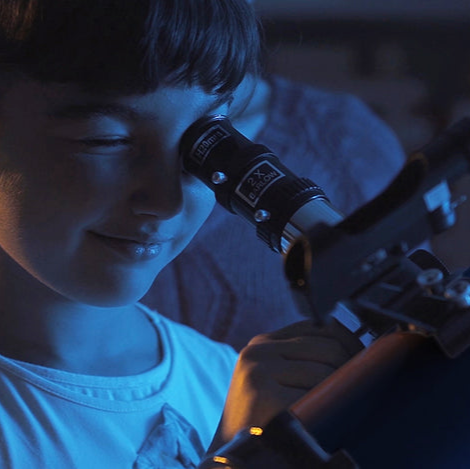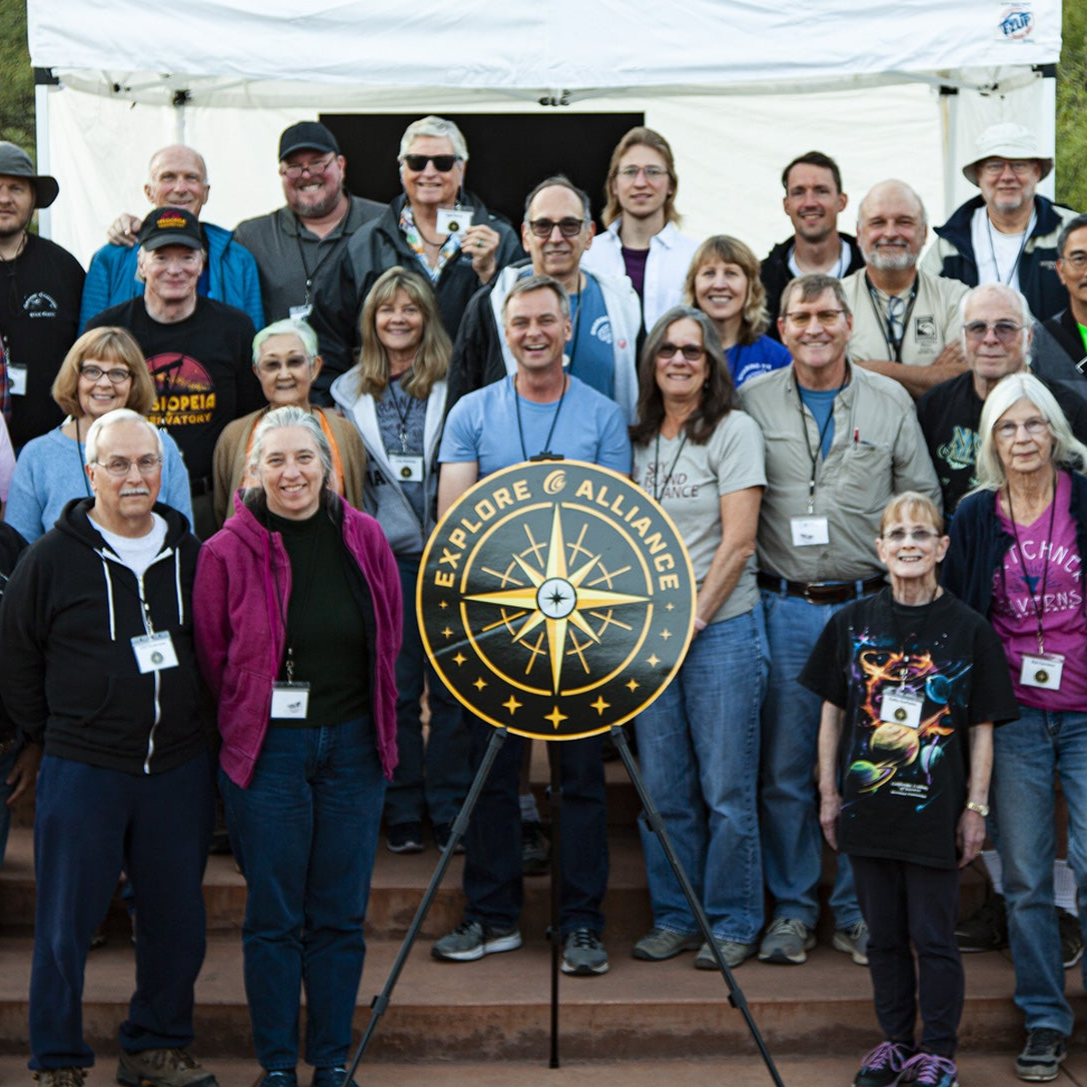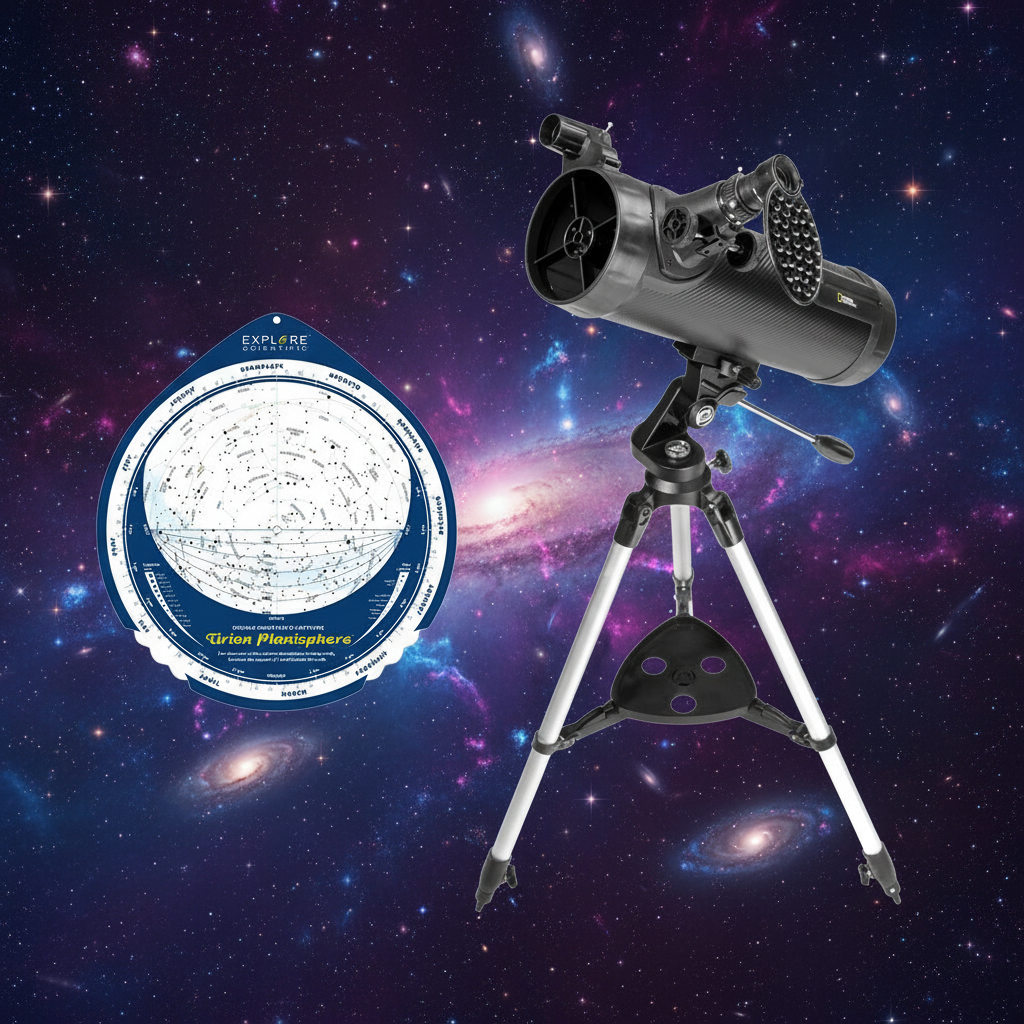What’s Up in the Sky
At any moment of the day, countless awe-inspiring celestial events are unfolding in the sky. With a universe of options, it can be hard to pin down what to observe, what to look into or what to remember. Each week, this column will take a peek at what’s happening in the sky and in the world of astronomy in general to provide a quick list of highlights that can jumpstart your own explorations.
October 19th-25th
What to observe:
October 21-22 - Annual Orionid Meteor Shower Peaks
Last year, a nearly full moon dampened the drama of the annual Orionid meteor shower. This year, observation conditions will be ideal as the October staple peaks in the presence of a barely-there moon. Generated when the Earth crosses paths with the dust left behind by Halley’s Comet, the Orionids radiate from the constellation Orion and generally last for about a week in late-October. Observers can typically see 10-25 meteors per hour during the shower‘s peak activity time, which will occur between midnight and dawn around October 21st. Although the Orionids move fast, they have been known to leave a glowing gas trail that lasts for a few stunning seconds. For prime viewing find a position under a dark open sky away from light pollution, lie down, look up and enjoy the show.
October 23 – Partial Solar Eclipse
Each day, the Sun blazes across the sky to little celebration. But on Thursday afternoon, observers across most of North America will be giving our star all of their attention as they watch a partial solar eclipse unfold from a prime viewing position. A partial solar eclipse occurs when the new Moon passes off center between the Sun and the Earth and temporarily obscures a portion of the Sun’s disc. Although a total eclipse may boast a bigger “wow” factor, observers have more time to actually enjoy a partial solar eclipse. The length of the eclipse and the amount of Sun coverage varies based on location. For some, this particular event will last more than two hours and more than 60 percent of the Sun’s diameter will be covered. Others will see less coverage but be treated to intriguing sunsets. To find the best time to view the eclipse from a host of U.S. locations, visit http://eclipse.gsfc.nasa.gov/OH/OHtables/OH2014-Tab05.pdf.
When it comes to viewing a solar eclipse, proper eye protection should always be your main concern. NEVER point a telescope or binoculars at or near the Sun because this action could result in immediate and permanent blindness. To safely enjoy this event, you can use solar eclipse glasses, outfit your optical device with approved solar filters or make your own pinhole projector (http://www.timeanddate.com/eclipse/make-pinhole-projector.html). For those with unfavorable sky conditions or challenging latitudes who want to check out the partial solar eclipse online, the Slooh Community Observatory (http://live.slooh.com) will be providing live views starting at 4 p.m. (CDT) Thursday.












Leave a comment
This site is protected by hCaptcha and the hCaptcha Privacy Policy and Terms of Service apply.